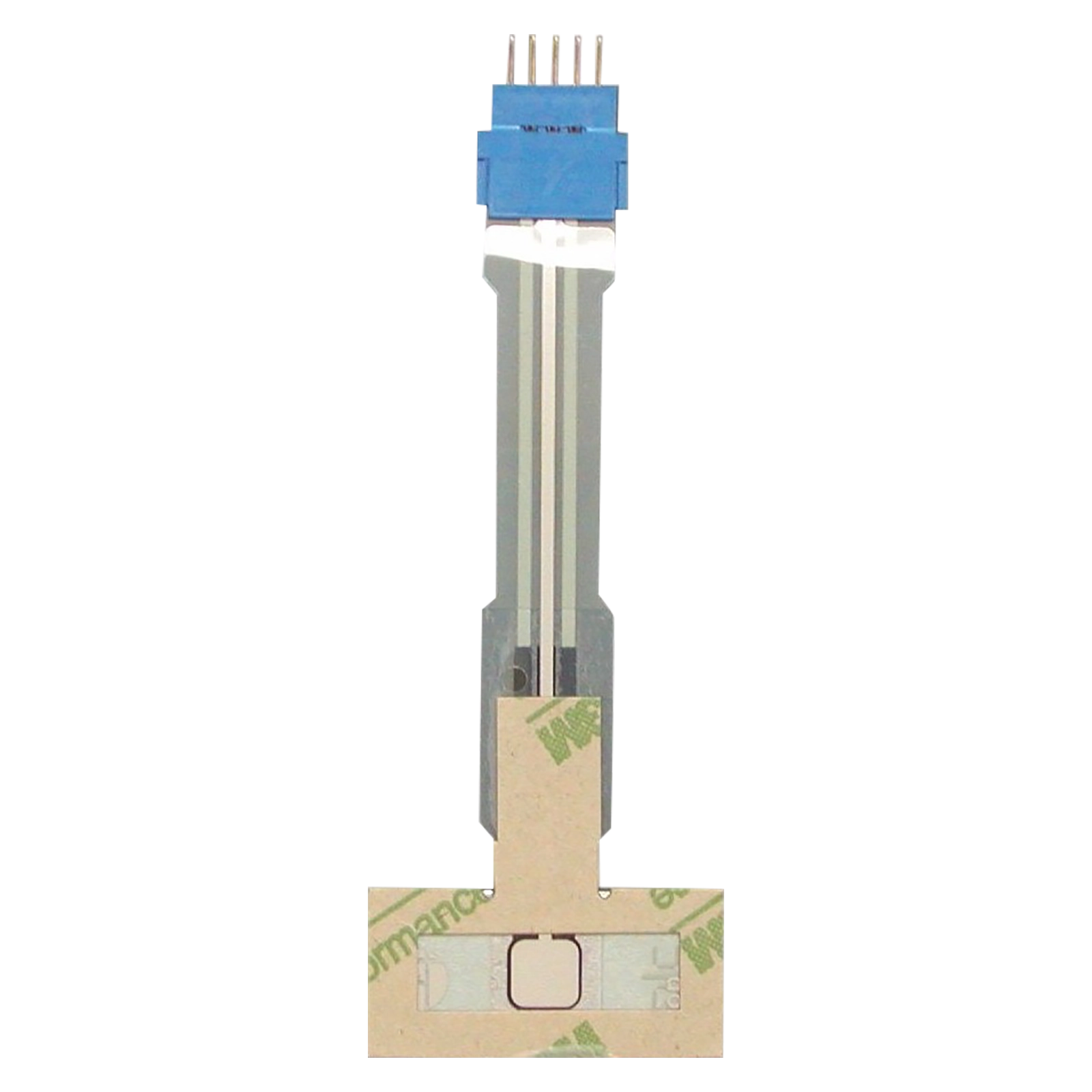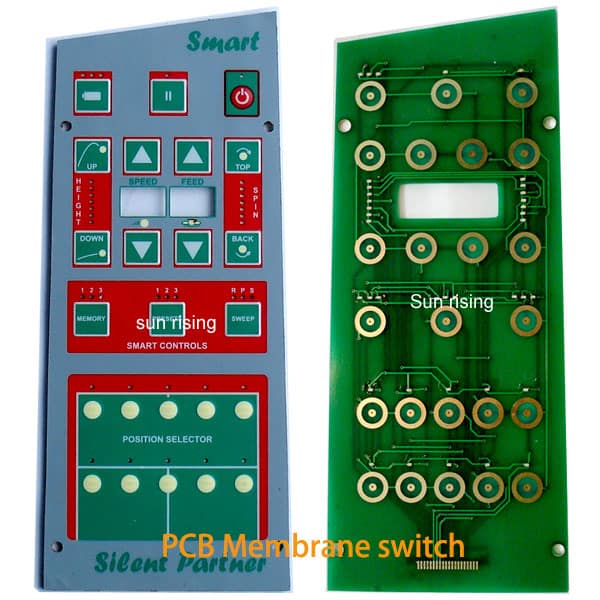The Benefits of Membrane Switches Over Mechanical Switches in Harsh Environments
Membrane Layer Change Technology: The Trick to Reliable and Cost-Effective Interfaces
Membrane button technology has arised as a crucial element in the layout of individual interfaces, offering both integrity and cost-effectiveness across a varied range of applications. As we discover the diverse benefits of membrane switches, their potential for technology raises inquiries about future applications and advancing patterns.
Understanding Membrane Change Modern Technology
Membrane button innovation is an extensively utilized interface remedy in different digital devices, using a seamless mix of performance and design. This innovation includes multiple layers of materials, generally containing a graphic overlay, spacer layer, and a circuit layer. The visuals overlay displays the interface components, while the spacer layer separates the circuit layer from the overlay up until a customer turns on a switch.
When pressure is related to the overlay, the circuit layer finishes the electric circuit, sending a signal to the gadget. This system enables various configurations, including responsive responses and backlighting options, enhancing customer interaction. Membrane layer buttons are typically produced using resilient materials such as polyester or polycarbonate, making certain durability and resistance to ecological elements like moisture and dirt.
The convenience of membrane layer switches enables their application in diverse sectors, consisting of medical devices, consumer electronics, and industrial controls. Their small style enables integration into space-constrained environments, offering an efficient customer interface without endangering aesthetic appeal. Understanding the complexities of membrane switch modern technology is vital for producers and designers seeking to produce trusted and reliable human-machine interfaces.
Secret Benefits of Membrane Buttons
While numerous interface services exist, membrane layer switches over deal unique benefits that make them a recommended option in various applications. Among the key advantages is their toughness; membrane switches are made to hold up against rough environmental problems, including dampness, dirt, and temperature level changes, ensuring resilient performance. This durability significantly minimizes the requirement for frequent substitutes, consequently lowering total maintenance costs.

In addition, membrane switches are lightweight and small, making them appropriate for applications where space is restricted. Their inconspicuous layout adds to a sleek appearance without jeopardizing capability.
Cost-effectiveness is likewise a remarkable advantage, as the manufacturing process for membrane switches has a tendency to be cheaper compared to conventional mechanical switches. This cost, integrated with their dependability and convenience of installation, positions membrane switches as a useful service for a wide variety of markets looking for efficient and reliable customer interfaces.
Applications Throughout Numerous Industries
Just how do membrane buttons adjust to the varied requirements of various sectors? Membrane button innovation is significantly acknowledged for its flexibility, making it ideal for a broad range of applications throughout multiple industries.
In consumer electronic devices, membrane layer switches give a small remedy for push-button controls and home devices, improving customer experience through instinctive design. Furthermore, the commercial industry leverages membrane layer switches for machinery control board, gaining from their resistance to rough environments, such as see this website wetness and dirt.
Army and aerospace applications likewise make use of membrane switches for their integrity and ability to stand up to severe problems, guaranteeing functional performance in important situations. The food and beverage sector takes on these switches for automated systems, where sanitation and simplicity of procedure are extremely important (membrane switch). Eventually, membrane layer buttons are tailored to meet the distinct demands of each market, verifying their vital duty in modern-day innovation user interfaces
Design and Customization Choices

In the world of membrane layer button modern technology, layout and modification alternatives play an essential duty in boosting capability and customer communication. These switches can be tailored to meet details functional demands and aesthetic preferences, making them versatile parts in numerous applications.
Among the main modification alternatives is the design of the switch itself, which can be designed to accommodate one-of-a-kind interface and ergonomic factors to consider. By readjusting the form, dimension, and plan of buttons, suppliers can produce user-friendly designs that facilitate ease of usage. Furthermore, the incorporation of various shades and graphic overlays allows for branding and improved visibility, ensuring that customers can rapidly identify features.
Furthermore, membrane layer buttons can be crafted with various responsive feedback devices, such as increased switches or audible clicks, to enhance the user experience. Different products can likewise be picked for toughness and environmental resistance, resolving factors such as moisture, temperature changes, and chemical go to these guys direct exposure.
Ultimately, the considerable layout and modification choices offered in membrane layer switch innovation encourage companies to create tailored remedies that not only fulfill functional demands but also align with their branding and functional demands.

Future Fads in Membrane Buttons
As membrane layer button modern technology remains to advance, future trends are progressively focused on improving user experience and integrating sophisticated capabilities. One substantial trend is the assimilation of touch-sensitive and capacitive technologies into conventional membrane layer buttons. This growth enables even more instinctive interface, giving responsive responses while keeping a sleek design.
Another emerging trend is using eco-friendly materials, driven by the growing demand for sustainable manufacturing methods. Makers are looking for to lower their carbon impact by making use of recyclable substratums and low-impact inks, straightening with international sustainability objectives.
In addition, the surge of the Net of Points (IoT) is motivating the unification of wise functions into membrane buttons. Improved connectivity options will make it possible for tools to connect with each various other, allowing for seamless integration right into more comprehensive systems.
In addition, advancements in printing technologies, such as electronic printing, are enabling higher design versatility and personalization. This enables makers to create intricate designs and vibrant shades cost-effectively.

Final Thought
In verdict, membrane button technology represents an important innovation in interface layout, supplying considerable benefits in longevity, personalization, and cost-effectiveness. Its widespread applicability throughout diverse sectors emphasizes its value in modern technology. As advancements remain to emerge, particularly in touch-sensitive user interfaces and lasting materials, the possibility for click here to read membrane changes to enhance individual experience and capability remains encouraging. Continued exploration of this modern technology will likely yield additionally improvements and expand its extent in future applications.